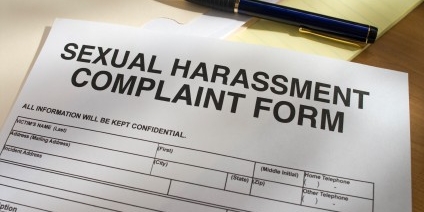For those employers who had all but given up hope of receiving relief from the courts, the California Supreme Court recently provided a glimmer of hope with its holding in Duran v. U.S. Bank.
Duran involved a class of 260 business banking officer (“BBO”) employees who sued U.S. Bank to recover unpaid overtime wages. U.S. Bank contended that each BBO was subject to an “outside salesperson exemption,” which was met when an employee spent more than half of his or her time away from the employer’s business. The prime issue in Duran, therefore, was whether the BBO’s were properly classified as exempt (and therefore not entitled to overtime).
In order to answer that question the trial court conducted a mini-trial of 20 randomly selected employees. During the course of the mini-trial, the trial court determined that U.S. Bank had misclassified 19 of the 20 randomly selected employees. The trial court then decided it could extrapolate from the mini-trial results that all 260 employees had been misclassified because the Plaintiffs’ expert statistician testified that he had calculated “with 95% confidence that all 260 employees” have been misclassified. The trial court refused to allow U.S. Bank to put forth evidence that at least 70 of the 260 employees were not misclassified.
The California Supreme Court ultimately held that while statistical sampling can in some instances be used to determine both liability and damages, the employer must be given a chance to present proof of all of his or her affirmative defenses and must be given the chance to impeach any statistical model which plaintiff proffers. Because the trial court did not allow the employer to present his affirmative defenses and impeach the plaintiff’s statistical model, the case was remanded back to the trial court for a new trial. Thus, although the California Supreme Court has given its tacit approval to the theoretical use of statistical sampling to prove liability (which was a setback for employers), in practice this will likely be difficult to achieve.
Hopefully, Duran will rein in class action plaintiffs and will slow down the onslaught of class action litigation. If nothing else, Duran provides employers with a few more arrows with which to defend class actions. If you are presently involved in a class action lawsuit, make sure to discuss this case with your California employment attorney to determine if there are portions of the decision helpful to your defense.
Disclaimer
Related Posts
August 8, 2013
U.S. Supreme Court Delivers Body-Blow To Employee Class Action Litigation
Employers seeking to avoid class action…
March 15, 2011
What Must an Employer Do When a Non-Employee Harasses an Employee?
An employer that learns of harassing…
January 21, 2011
Terminating Employee Shortly After Complaint to HR Exposes Employer to Liability
The Ninth Circuit Court of Appeals held…




